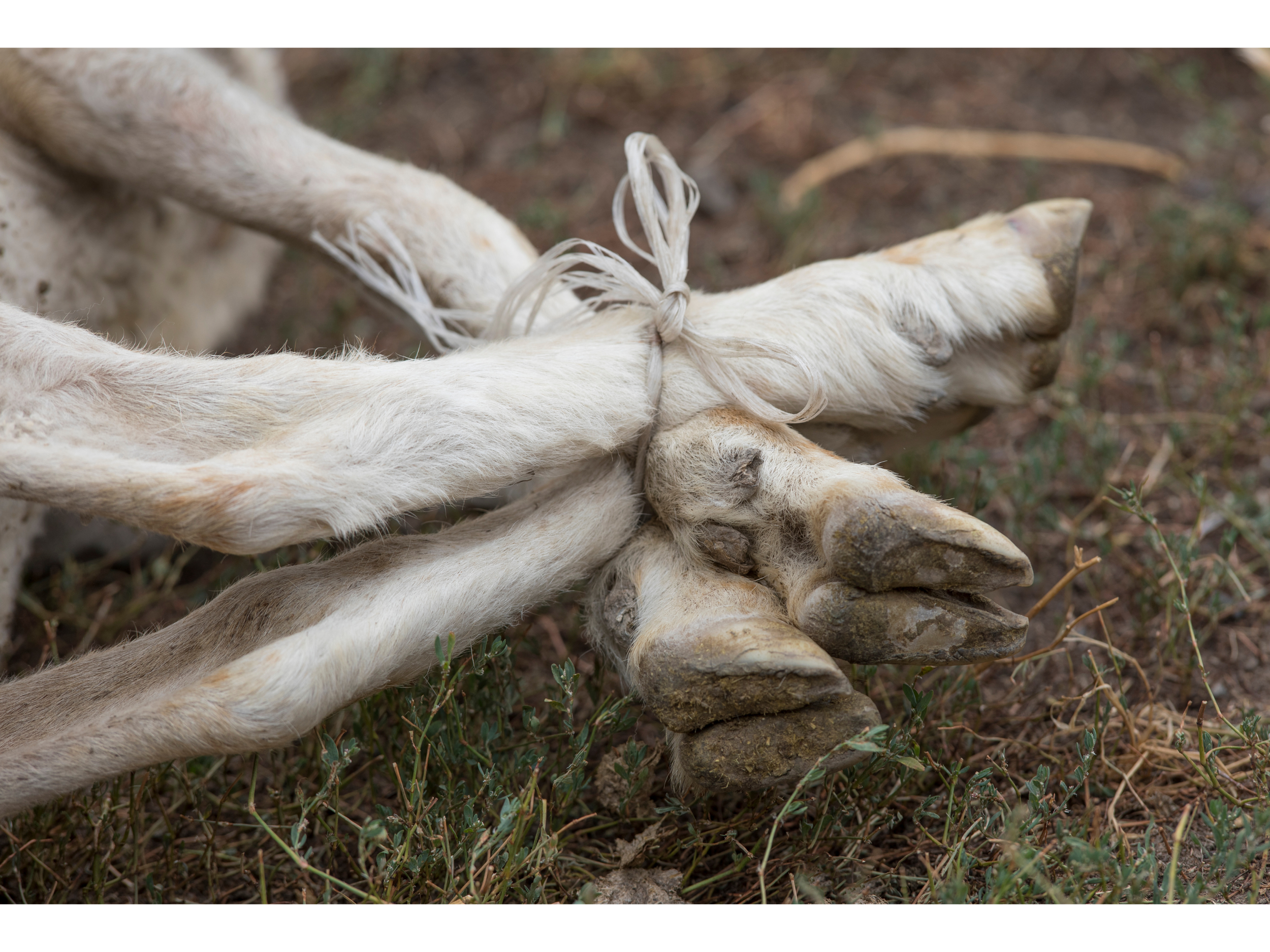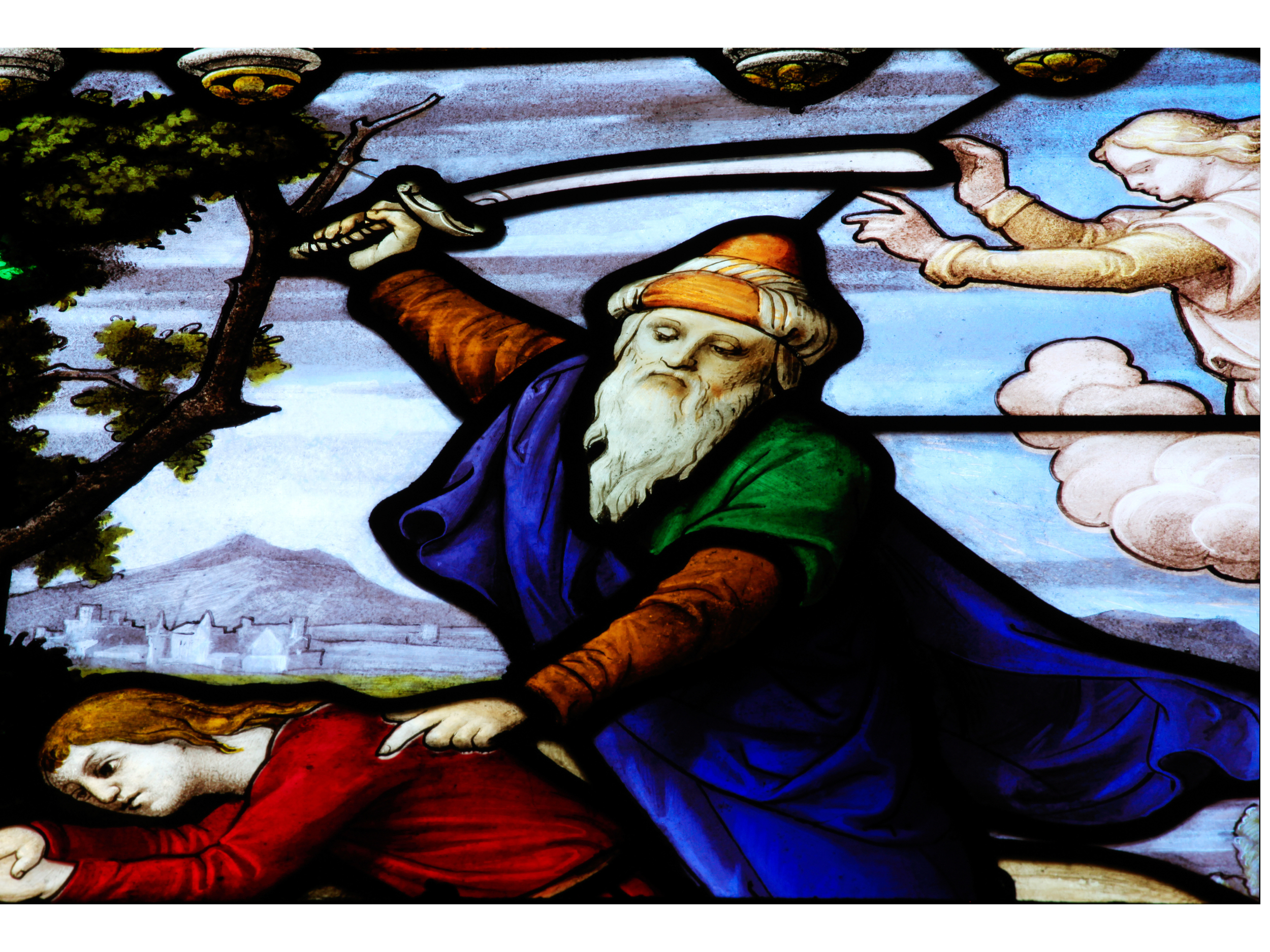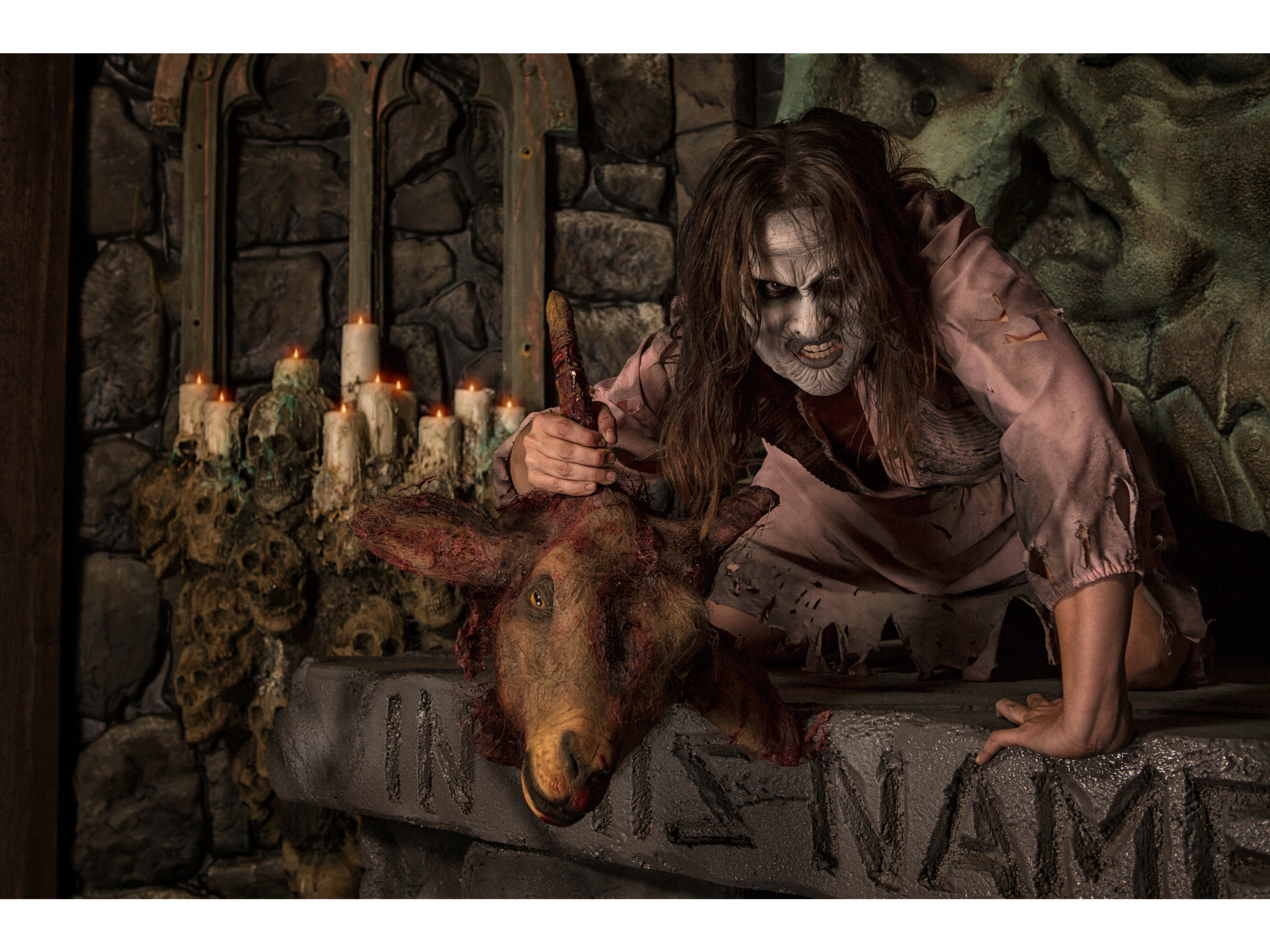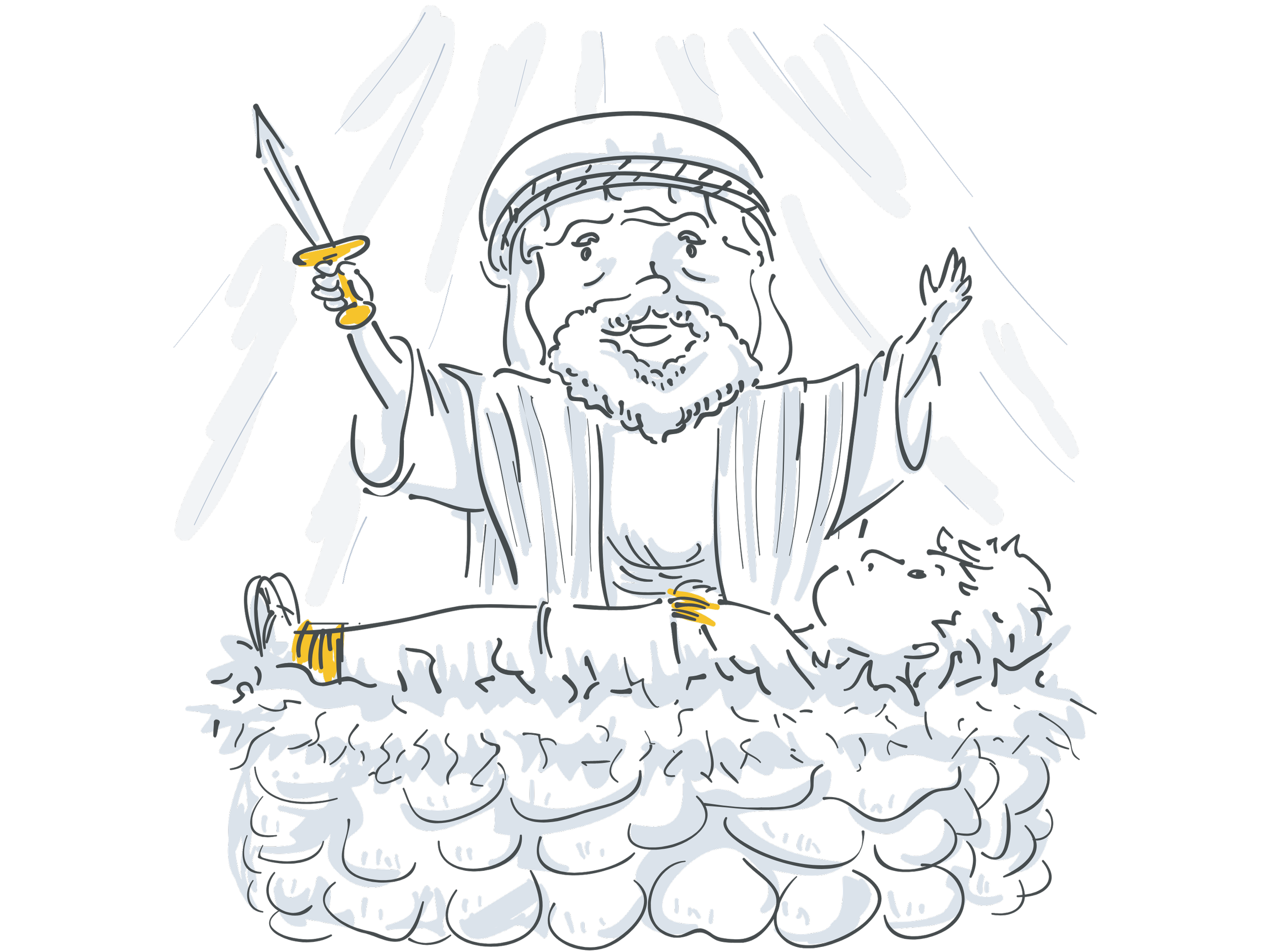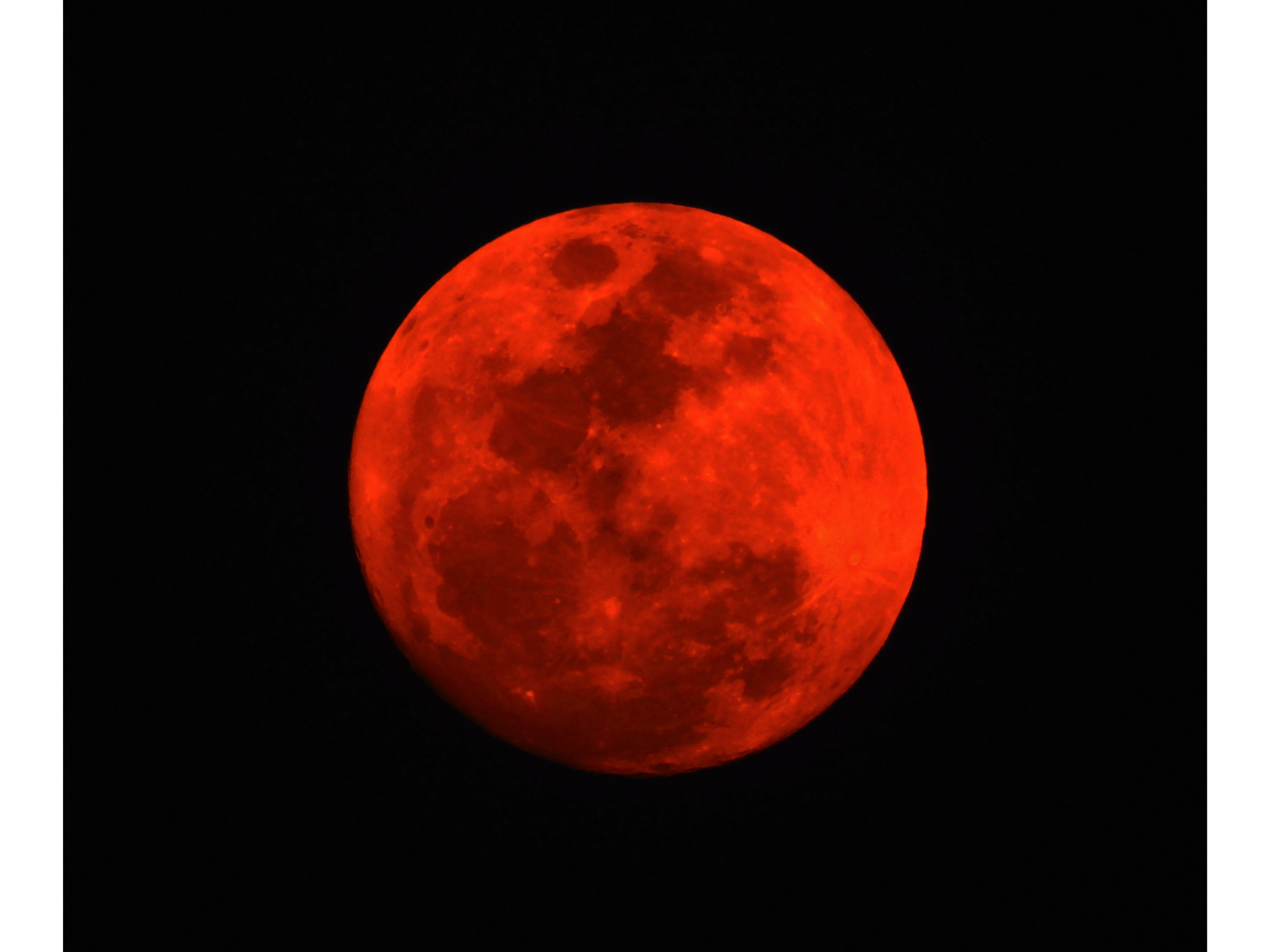What is a Blood Sacrifice?
If you are wondering exactly what a blood sacrifice is this article will explain it in detail. Not only that, but we will go over some of the examples from history and recent years.
Answer:
A blood sacrifice is defined as the shedding of blood in a ritualistic manner in hopes of receiving favor from God(s) or deities. It can be an animal, or a human being sacrificed.
Let’s see exactly what makes something a blood sacrifice and read about some of the examples over the years.
What is a Blood Sacrifice?
Many civilizations over hundreds and thousands of years have practiced sacrificial rituals. The Phoenicians, Aztecs, Indians, Egyptians, Greeks, Celtics, Germans, Russians, Chinese, Pacific Islanders, Mayans, South Americans, Africans, and many more around the world practiced these blood sacrifice rituals in one way or another. Usually, they were done as a part of a human sacrifice to the gods that they believed in.
The Encyclopedia Britannica says that a blood sacrifice is a shedding of blood in a ritualistic manner in order to receive supernatural favor. The Merriam Webster dictionary gives us the definition of “a religious rite involving bloodshed”.
Each region of the world, and each specific religion, had their own forms and descriptions for what the meaning of a true blood sacrifice was to them. In order to answer this question fully, and specifically, you would need to look deeper into the nuances of each and every ancient civilization and their own practices and beliefs.
It is harder to find ancient civilizations that did not perform some sort of blood sacrifice ritual, whether it be animal, human, or both. There seems to actually be decently documented information on groups of people from all across the world performing human sacrifices in order to earn favor from their Gods and deities.
These sacrificial offerings were often done by the more civilized populations in harsh times during periods of trials and tribulations such as famines and economic hardships. For example, the Germanic people didn’t often perform these human sacrifices, or even animal sacrifices. However, in times of drought/farming troubles and war, they would sometimes turn to these ritualistic practices.
The Norse Vikings would sacrifice person of higher rank when they were caught as a prisoner of war. Paganism saw people sacrificed to their Gods and the giving of items and monetary value to the churches. Not only this, but they would bury woman slaves alive with their dead soldiers in order to provide them with a wife in the afterlife.
All of this is to say that the ancient Germanic people didn’t always perform blood sacrifices, but in times of particular difficulty, they still partook in their own way.
The ancient Celtic people not only performed sacrificial rituals on animals such as livestock, but they also sacrificed humans. There are records of Celtic people placing humans inside of giant wooden figures shaped like a person and lighting it on fire. This would burn the people inside alive.
Julius Caesar himself recorded, in writing, that both animals and humans were burned alive in these wooden figures that they called “Wicker Man”. Not only this, but chiefs would be burnt at their funerals with their still alive slaves right alongside of them.
For the Celtic people it wasn’t only the commoners or slaves that fell victim to these sacrificial practices, but Kings would end up killed as well. If there were long periods of crops drastically underperforming or sicknesses plaguing the people of the civilization.
While there are written records of Pagan Celtic people sacrificing their first born in a ritualistic manner, it is widely believed that these accounts are not actually true.
The Celtic people were also known to behead people as a major part of their religious practices and cultural beliefs. Their sacrificial system included this on many occasions.
In Japan, there are stories told of something called “hitobashira” which translates to “human pillar” in English. For this, women would be buried alive along the edges of new buildings and walls in order to help protect them from future attacks and natural disasters. While this is certainly a supernatural belief connected directly to ritualistic killings, there is no overt bloodshed to be seen.
One could surely make the argument that the specificity of “bloodshed” is not what is meant by the definitions, but we choose to take the more literal approach to understanding this topic.
All of these civilizations may have killed in a ritualistic manner, but are they truly considered to be blood sacrifices by definition? To be clear, animal or human sacrificing does not mean that it is automatically considered to be a blood sacrifice. For instance, being buried alive wouldn’t be considered blood sacrifice due to the lack of bloodshed. However, being burned alive would certainly suffice even though there is no cutting or direct bloodshed to be seen.
As long as the person is injured in a way that will expose their blood to the elements for a ritualistic or religious favor; that is considered to be a blood sacrifice. In this case, the Wicker Man burnings, and beheadings/piking’s were considered to fit this category of killing. On the other hand, the Nordic Vikings and ancient Japanese burying women alive would not be considered to fit the specific description.
The Most Gruesome Blood Sacrifices:
There is evidence that the Phoenician people would sacrifice their children by cutting their throats on an alter and then they would burn the bodies. This would include music as it was a religious ritual and was taken very seriously. Sacrificing infant children seems to be an argued topic on whether it truly happened or not, but many researchers believe this is true.
These people actually had large buildings and city streets in locations such as Carthage. They had libraries, literature, and knowledge; yet they still performed blood sacrifice rituals. The Romans invaded and terrorized the Phoenicians, thus destroying nearly all of the written records of their civilization. This proves to be the biggest obduration for proper historical records research.
During the research process of one group, a burial location that housed the cremated remains of infant children from the Phoenician people, also had the cremated bones of several animals. This would lead one to believe that the civilization not only performed sacrificial offerings in the form of animals, but also young children.
These types of animal and human offering rituals are certainly some of the most heinous that history has to offer.
Recent Blood Ritual Practices:
There have been many accounts of ritualistic killings in the more recent years. Most of these were either by cults or serial killers that would force their victims into the blood ritual. In Mexico, in the 1960s, sacred Aztec death rituals were added to a previously running cult. In these blood sacrifice practices the cult members would actually drink and consume their victims blood.
More blood rituals were done in Mexico in the 1980s by serial killers and cult leaders as well as a more recent 2010 account. In the 2010 sacrifices, a serial killer slaughtered 3 people on an altar. Silvia Meraz removed the heads of 2 males and a female.
In Panama a church organization called the New Light of God killed a beheaded 2 adults and 5 children. The church required atonement for their sins after they did not repent as good as they had wanted them to.
Recap & Summary:
Now you know the specific meaning of a blood sacrifice, and it isn’t simply the animal or human sacrifice definition. While there are several different ways in which humans have drained the life force from other humans, there is a particular way in which this happens to make it considered a blood sacrifice. Bloodshed in a ritualistic manner in order to earn favor from the God(s) or deities that the civilization believes in is what defines a blood sacrifice.
Hopefully you learned a lot about this macabre piece of history that is still being done to this day. If you enjoyed this information and article, there are much more just like this right here on our Informative Category.
Thank you for taking the time out of your day to read this article! : )
